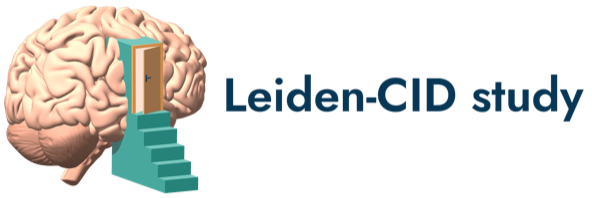-
measure Prosocial Cyberball Game (PCG)
Study: L-CID Mode of collection: MeasurementsAndTests Behavioral/cognitive task Available measurements: Early Childhood Cohort ECC - T5
Middle Childhood Cohort MCC - T1 MCC - T3 MCC - T5The Prosocial Cyberball Game (PCG) measures prosocial behavior related to empathy when seeing that someone is being socially excluded. In the game, children play a (digital) ball-tossing game with peers. In the first block of the game, all children typically receive the ball an equal amount of time. In the second block of the game, one of the peers is...Created October 17, 2024 • Updated October 20, 2024 -
measure Social Wellbeing Questionnaire
Study: L-CID Mode of collection: SelfAdministeredQuestionnaire Available measurements: Middle Childhood Cohort MCC - T6 MCC - T7The Social Wellbeing Questionnaire consists of 35 items that assess the social wellbeing of the child (e.g., happiness) and has been developed based on co-creation with youth, the World Health Organization Quality of Life Scale, and the subscales Social Competence, Close Friendship, and Global Self-Worth from the Self-Perception Profile for Adolescents.Created October 17, 2024 • Updated October 20, 2024 -
measure Prosocial Cyberball Game (PCG) - Stories
Study: L-CID Mode of collection: MeasurementsAndTests Behavioral/cognitive task Available measurements: Middle Childhood Cohort MCC - T2 MCC - T4 MCC - T6The Prosocial Cyberball Game (PCG) measures prosocial behavior related to empathy when seeing that someone is being socially excluded. In the game, children play a (digital) ball-tossing game with peers. In the first block of the game, all children typically receive the ball an equal amount of time. In the second block of the game, one of the peers is...Created October 17, 2024 • Updated October 20, 2024 -
measure Zygosity (questionnaire)
Study: L-CID Mode of collection: SelfAdministeredQuestionnaire Available measurements: Early Childhood Cohort ECC - T1 ECC - T2
Middle Childhood Cohort MCC - T1The Zygosity questionnaire asks parents of twin pairs about the resemblance between the twins to determine whether the twin pair is mono- or dizygotic. This questionnaire consists of 10 questions: 6 items about physical similarities between the twin and 4 items about confusion in identifying the twins by parents and others.Created October 17, 2024 • Updated October 20, 2024 -
measure Investment Models Scale (IMS)
Study: L-CID Mode of collection: SelfAdministeredQuestionnaire Available measurements: Early Childhood Cohort ECC - T1 ECC - T2
Middle Childhood Cohort MCC - T1The Investment Models Scale (IMS) consists of two sets of items associated with the four central constructs of the Investment Model (IM): facet items and global items. Facet items measure the antecedents of commitment - satisfaction, quality of alternatives and investment size. These facet items are included in the IMS to activate in memory and illustrate...Created October 17, 2024 • Updated October 20, 2024 -
measure Zygosity (DNA)
Study: L-CID Mode of collection: MeasurementsAndTests Biological sample/measurement Available measurements: Early Childhood Cohort ECC - T2
Middle Childhood Cohort MCC - T1Zygosity typing based on micro-satellite markers, single nucleotide polymorphisms (SNP), or variable number (short) tandem repeats (VNTRs).Created October 17, 2024 • Updated October 20, 2024 -
measure Sleep patterns - Actigraph
Study: L-CID Mode of collection: MeasurementsAndTests Biological sample/measurement Available measurements: Early Childhood Cohort ECC - T1 ECC - T2 ECC - T3 ECC - T5 ECC - T6
Middle Childhood Cohort MCC - T1 MCC - T2 MCC - T3 MCC - T5The Actigraph (Motionlogger) is a device used to determine the sleep patterns of a child during the night.Created October 17, 2024 • Updated October 20, 2024

